from 0 review
8 Days
Daily Tour
7 people
English, Espanol

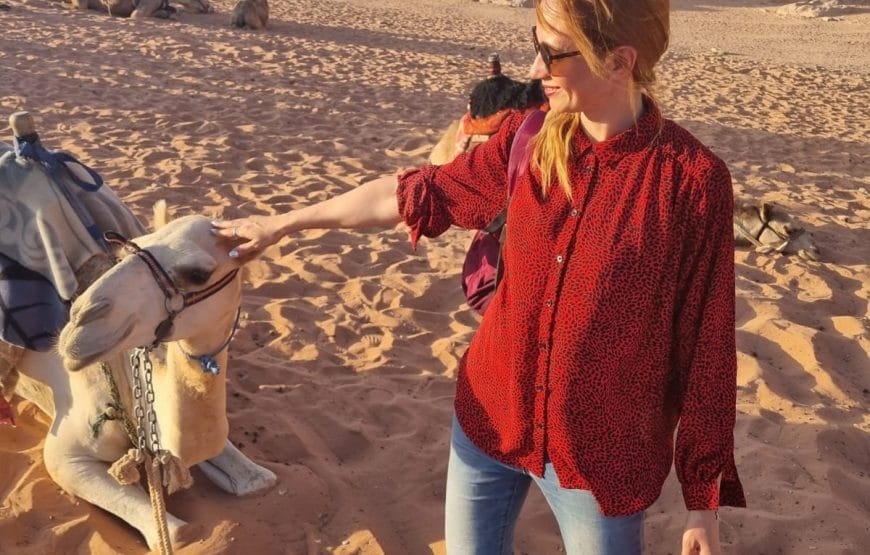
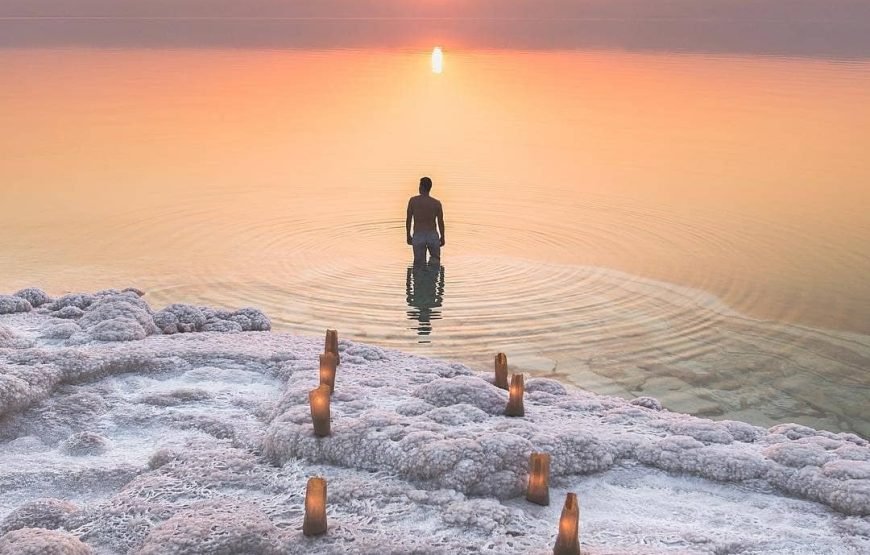


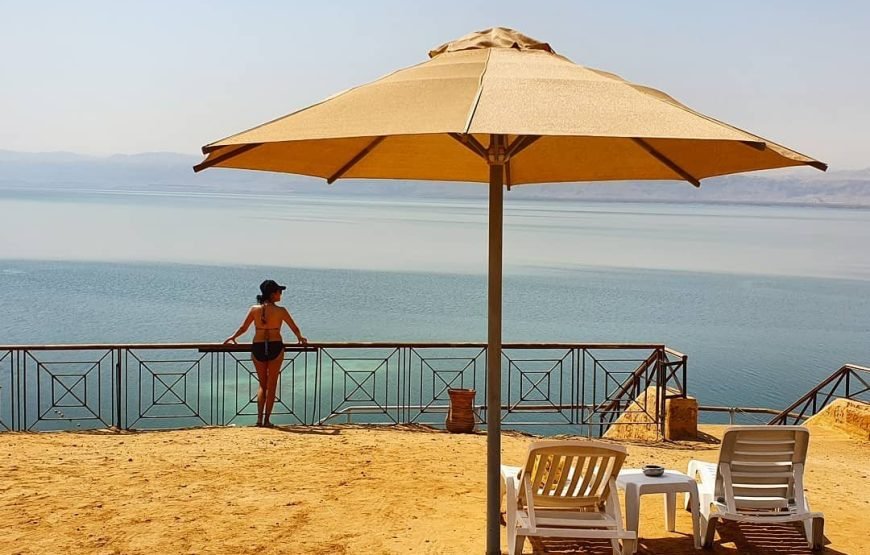
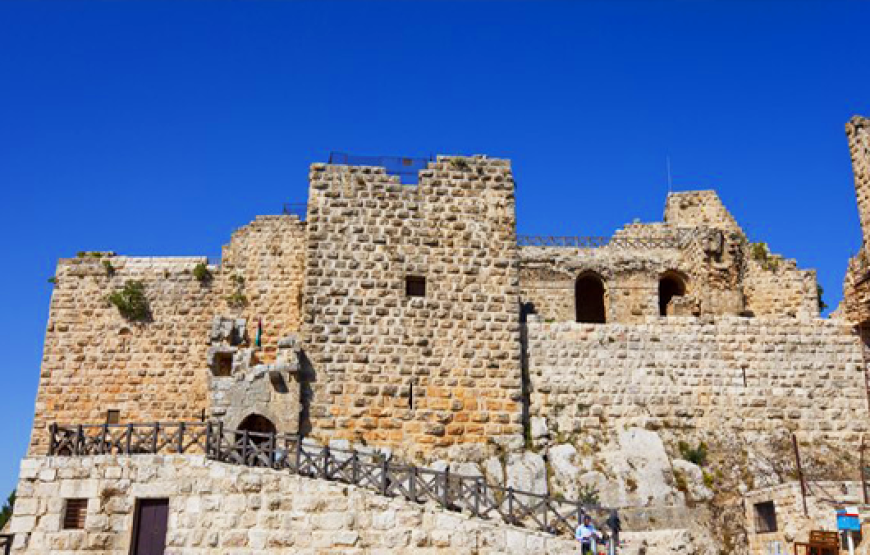
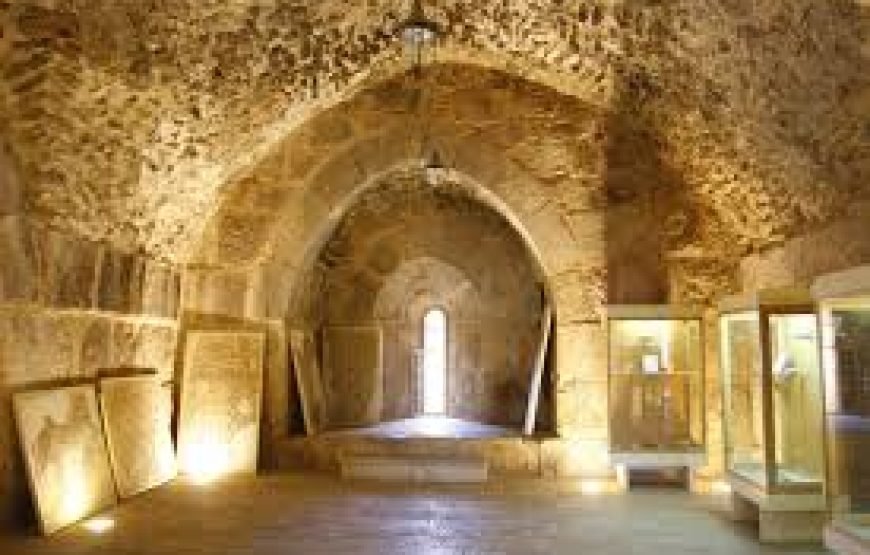
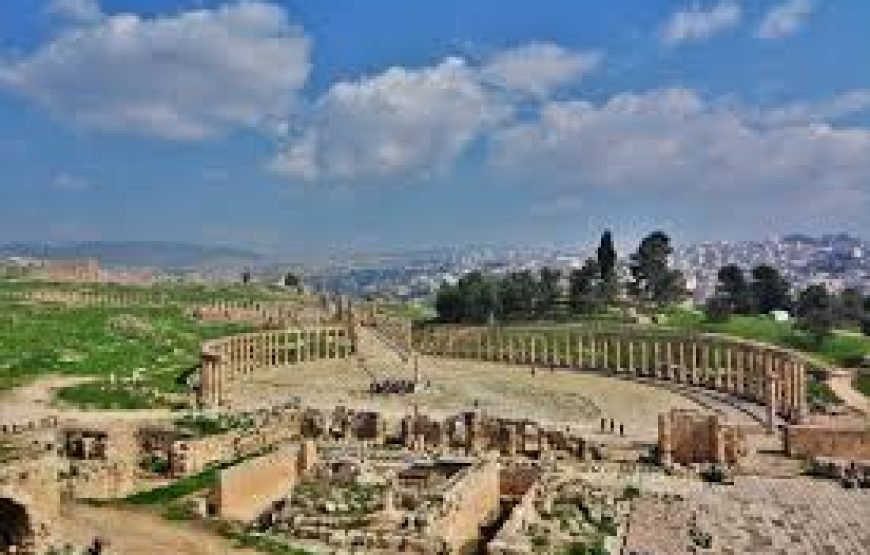
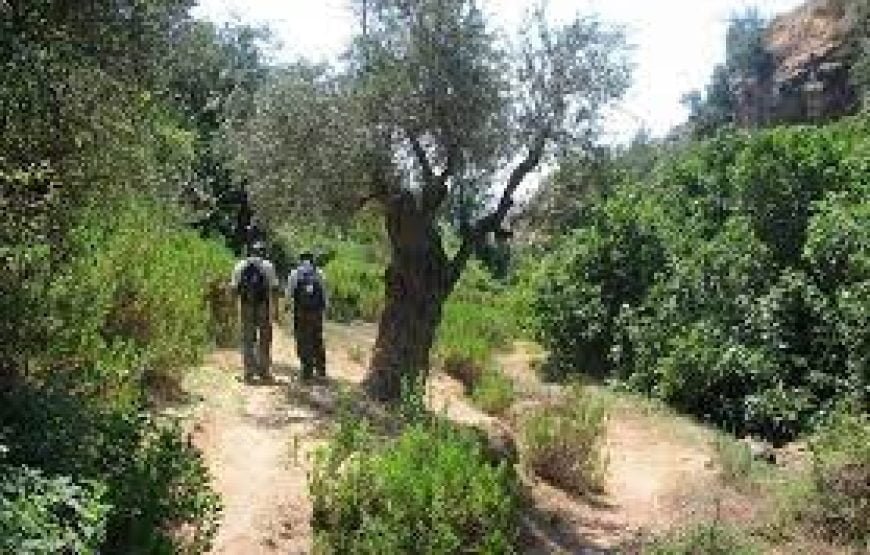
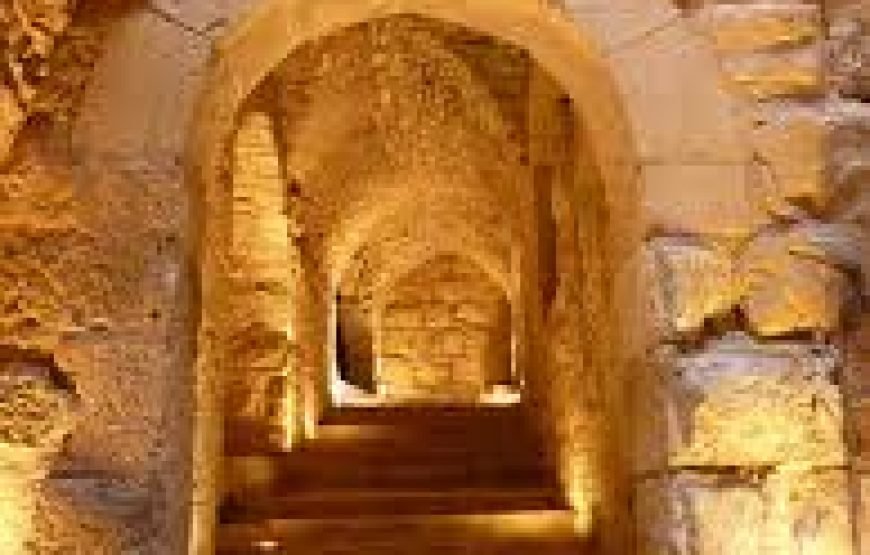
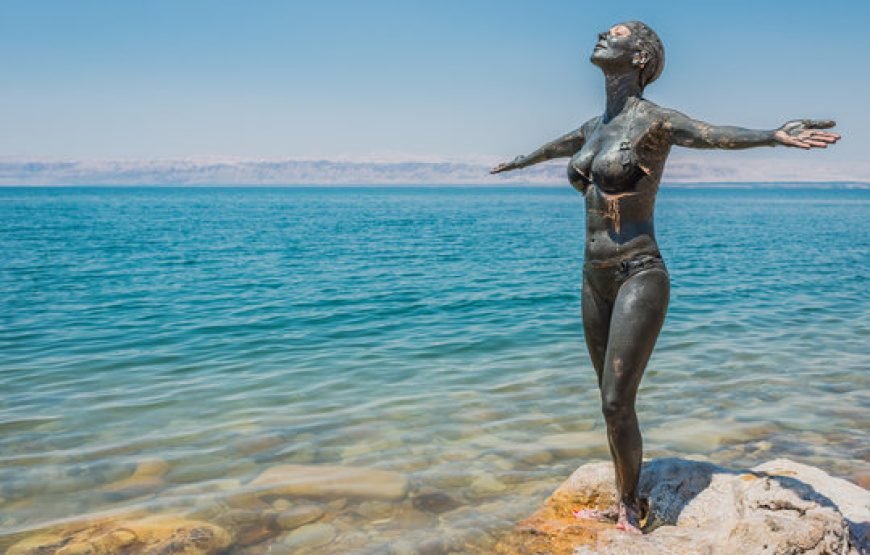


Jerash The earliest evidence of settlement in Jerash is in a Neolithic site known as Tal Abu Sowan, where rare human remains dating to around 7500 BC were uncovered. Jerash flourished during the Greek, Hellenistic, Roman, and Byzantine periods until the mid-eighth century CE, when the 749 Galilee earthquake destroyed large parts of it, while subsequent earthquakes contributed to additional destruction. However, in the year 1120, Zahir ad-Din Toghtekin, atabeg of Damascus ordered a garrison of forty men to build up a fort in an unknown site of the ruins of the ancient city, likely the highest spot of the city walls in the north-eastern hills. It was captured in 1121 by Baldwin II, King of Jerusalem, and utterly destroyed. Then, the Crusaders immediately abandoned Jerash and withdrew to Sakib (Seecip); the eastern border of the settlement., Jerash was then deserted until it reappeared in the historical record at the beginning of Ottoman rule in the area during the early 16th century.
Ajloun The marvels of nature and the genius of medieval Arab military architecture have given northern Jordan two of the most important ecological and historical attractions in the Middle East: the sprawling pine forests of the Ajloun-Dibbine area, and the towering Ayyubid castle at Ajloun, which helped to defeat the Crusaders eight centuries ago. Locals often take advantage of the green landscapes of Ajloun to take a break from city life and connect with nature.
Amman Citadel This historic site comprises a 1700 meter wall that dates back to the Bronze Age, the iconic Temple of Hercules, and the Umayyad Palace. With so many significant landmarks located one site, the Amman Citadel is arguably one of the best places to visit in Amman.
Roman amphitheater is a 6,000-seat, 2nd-century Roman theatre. A famous landmark in the Jordanian capital, it dates back to the Roman period when the city was known as Philadelphia. The theatre and the nearby Odeon are flanking the new Hashemite Plaza from the south and the east respectively, while the Roman Nymphaeum is just a short stroll away in north-westerly direction.
Madaba-St George’s Greek Church This rather modest 19th-century Greek Orthodox church houses a treasure of early Christianity. Imagine the excitement in 1884 when Christian builders came across the remnants of a Byzantine church on their construction site. Among the rubble, having survived willful destruction, fire and neglect, the flooring they discovered wasn’t just another mosaic but one with extraordinary significance: to this day, it represents the oldest map of Palestine in existence and provides many historical insights into the region.
Mount Nebo is the highest point in this part of the ancient kingdom of Moab. On a clear day, there is a magnificent panoramic view over the Dead Sea and the Jordan Valley to the hills on the other side of the rift, with the towers of Jerusalem visible on the skyline.
Petra The ancient city of Petra is one of Jordan’s national treasures and by far its best known tourist attraction. Petra is the legacy of the Nabataeans, an industrious Arab people who settled in southern Jordan more than 2,000 years ago. Admired then for its refined culture, massive architecture and ingenious complex of dams and water channels, Petra is a UNESCO World Heritages Site and one of the new Seven Wonders of the World. Inhabited by the Nabateans, Edomites and Romans, Petra brought together the knowledge and skill of these civilizations to create this world wonder. Caravans laden with incense, silks, spices and other exotic goods would rest at Petra.
Petra By Night Complete your Petra experience with a visit of Petra Night Show, this event is a magical way to see part of the rock city by candlelight and explore the old city, which has become a world wonder, incomparable experience starts by walking the entire Siq to the Treasury, lit with over 1,500 candles to bring the major attraction due to the spectacular view it has. Petra by Night runs every Monday, Wednesday and Thursday of each week, starts at 20:30 from Petra Visitor Centre and delivers you back by licensed guide to the Visitor Centre around 22.30pm.
Wadi Rum known as Valley of the Moon, Wadi Rum is the largest – and most magnificent – of Jordan’s desert landscapes and has been virtually untouched by humans. A maze of monolithic rock formations rises from the desert floor to heights of 1,750 meters (5,740 feet), creating a natural challenge for serious mountaineers. However, Wadi Rum may be best known for its connection with British officer T. E. Lawrence, who passed through several times during the Arab Revolt of 1917–18. In the 1980s one of the rock formations in Wadi Rum was named “The Seven Pillars of Wisdom” after Lawrence’s book penned in the aftermath of the war, although the ‘Seven Pillars’ referred to in the book have no connection with Rum. Enjoy a Champagne toast at Sunset.
Aqaba is the only coastal city in Jordan, an otherwise landlocked country. With the red mountains of Wadi Rum in the background and the Red Sea in the foreground, the stunning Aqaba boasts a beautiful setting. This port city is laden with luxurious resorts and hotels ensuring a restful place to return to after a long day of touring Jordan. The main activities of Aqaba are coastal-friendly, like beach exploring, diving, water sports, and more.
Wadi Mujib Biosphere Reserve is the lowest nature reserve in the world, with a spectacular array of scenery near the east coast of the Dead Sea. The Reserve is located within the deep Wadi Mujib gorge, which enters the Dead Sea at 410m below sea level. The Reserve extends to the Karak and Madaba mountains to the north and south, reaching 900 meters above sea level in some places. This 1,300m variation in elevation, combined with the valley’s year- round water flow from seven tributaries, means that Wadi Mujib enjoys a magnificent bio-diversity that is still being explored and documented today. Over 300 species of plants, 10 species of carnivores and numerous species of permanent and migratory birds have been recorded. Some of the remote mountain and valley areas are difficult to reach, and thus offer safe havens for rare species of cats, goats and other mountain animals. Mujib’s sandstone cliffs are an ideal habitat for one of the most beautiful mountain goats in the world, the horned Ibex.
Dead Sea we have all heard of this renowned salt lake, its natural beauty, and healing qualities. The Dead Sea is a fabulous holiday destination and Jordan is the perfect setting for those who wish to experience the qualities of the lake in peace and quiet. At 423 meters below sea level, the Dead Sea is officially the lowest place on earth making it an even more fascinating destination to visit. Also known as the Salt Sea, the Dead Sea is an ideal location for rest and relaxation with biking and hiking aplenty. A holiday to the Dead Sea provides an idyllic alternative to the bustling cities, with plenty of things to do for those who seek a little adventure.
Baptism Site “Bethany” Situated on the eastern bank of the River Jordan, nine kilometres north of the Dead Sea, the archaeological site consists of two distinct areas: Tell Al-Kharrar, also known as Jabal Mar-Elias (Elijah’s Hill) and the area of the churches of Saint John the Baptist near the river. Situated in a pristine natural environment the site is believed to be the location where Jesus of Nazareth was baptized by John the Baptist. It features Roman and Byzantine remains including churches and chapels, a monastery, caves that have been used by hermits and pools in which baptisms were celebrated, testifying to the religious character of the place. The site is a Christian place of pilgrimage.
Qasr Al Abed The small but impressive Qasr Al Abad, west of Amman, is one of the very few examples of pre-Roman construction in Jordan. Mystery surrounds the palace, and even its precise age isn’t known, though most scholars believe that Hyrcanus of the powerful Jewish Tobiad family built it sometime between 187 and 175 BC as a villa or fortified palace. Although never completed, much of the palace has been reconstructed, and remains an impressive site.
Jordan’s desert castles, beautiful examples of both early Islamic art and architecture, stand testament to a fascinating era in the country’s rich history. Their fine mosaics, frescoes, stone and stucco carvings and illustrations, inspired by the best in Persian and Graeco-Roman traditions, tell countless stories of the life as it was during the 8th century. Called castles because of their imposing stature, the desert complexes actually served various purposes as caravan stations, agriculture and trade centres, resort pavilions and outposts that helped distant rulers forge ties with local Bedouins. Several of these preserved compounds, all of which are clustered to the east and south of Amman, can be visited on one – or two-day loops from the city.
Note: Hotels and Camps bookings are not included (Best prices will be given upon your request per person or group)
| # | Discount group | From adult | To adult | Value |
|---|---|---|---|---|
| 1 | Car 2 Pax | 2 | 2 | 50% |
| 2 | Car 3 Pax | 3 | 3 | 66.666% |
| 3 | Mini Van 4 Pax | 4 | 4 | 63.921% |
| 4 | Mini Van 5 Pax | 5 | 5 | 71.137% |
| 5 | Mini Van 6 Pax | 6 | 6 | 75.947% |
| 6 | Mini Van 7 Pax | 7 | 7 | 72.111% |
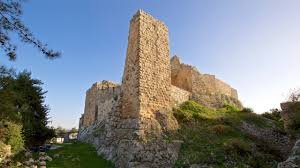
Pick up from the Amman or airport, Driving towards The Roman city of Jerash
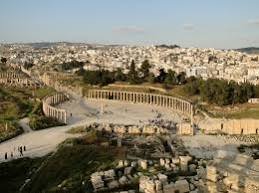
Arriving Roman City at Jerash and having a tour for 2 and half Hours

Arriving to Ajloun Castel and having a site tour for 1 hour
01:00 PM Back to Amman
Arriving to Amman city and overnight stay.

Amman city tour for 3 hour, visiting Amman citadel, Roman theater & king Abdullah mosque.
11:00 Driving toward Madaba St. George church.
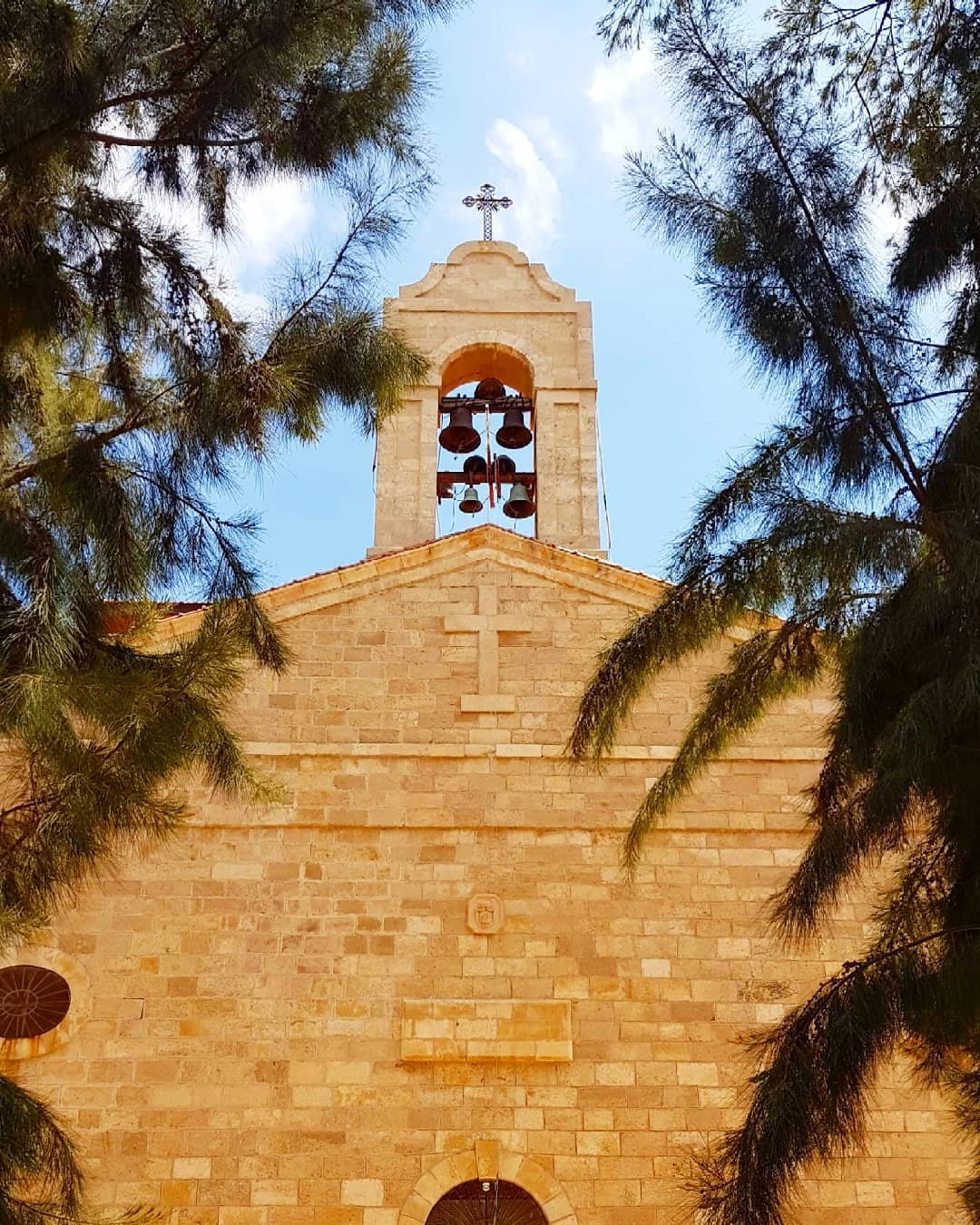
Arriving to Madaba city and having visit the St. George church for 15 minutes.
12:30 PM Continue driving to Mount Nebo.

Arriving Mount Nebo and having a site tour for 45 minutes.
02:00 PM Driving toward Petra city through desert highway.
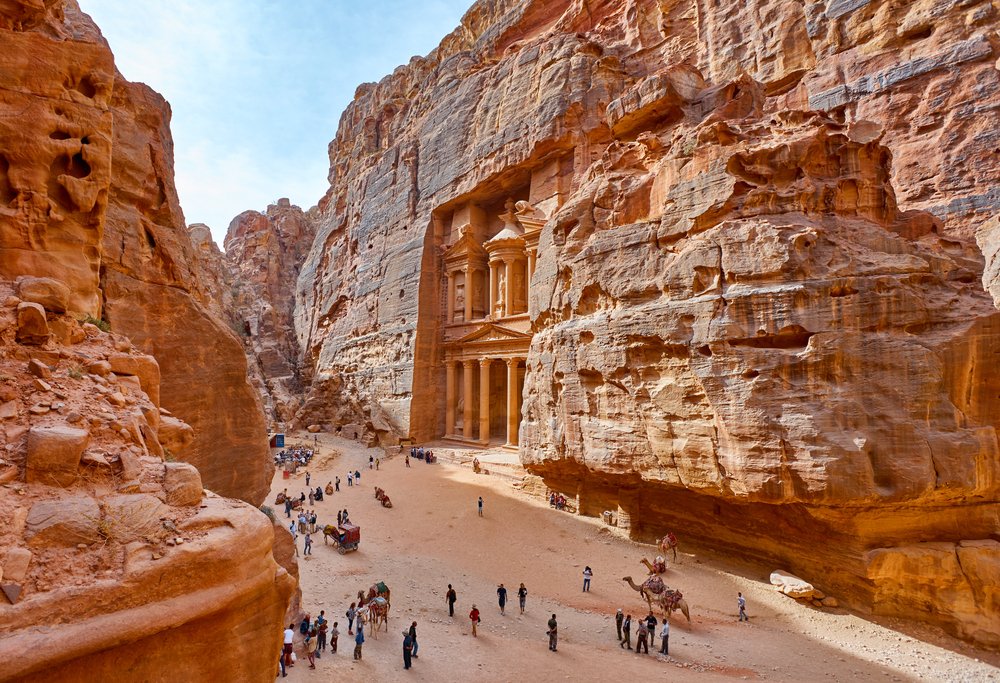
Arriving Petra city & overnight stay.
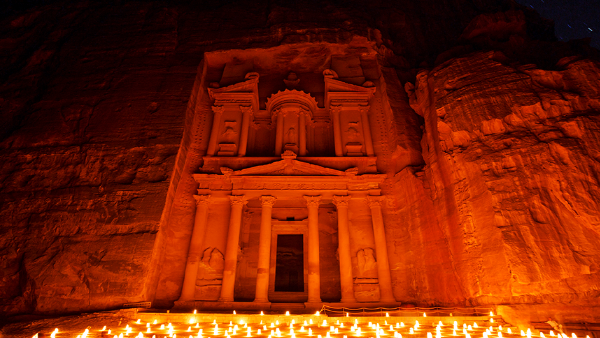
Full day tour at Petra site self guided.
Optional local guide is available at the site against extra charge.
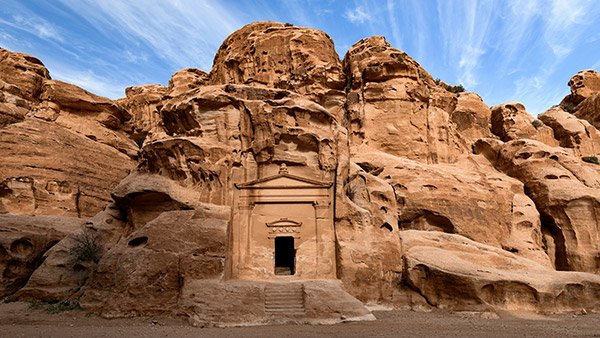
Driving to Wadi Rum through Kings road (Al Rajef road)
Panoramic view at on the Kings road.
Optional stop at train of Jordan heritage revival company (Entrance of Wadi Rum)
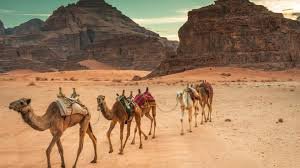
Arriving Wadi Rum and having a Jeep tour
Watching the sunset.
Overnight stay at a camp in Wadi Rum.
Optional Hot air balloon, (requires booking one day prior to the trip, starts at 05:00 AM daily).
Driving toward Aqaba city (Read Sea)
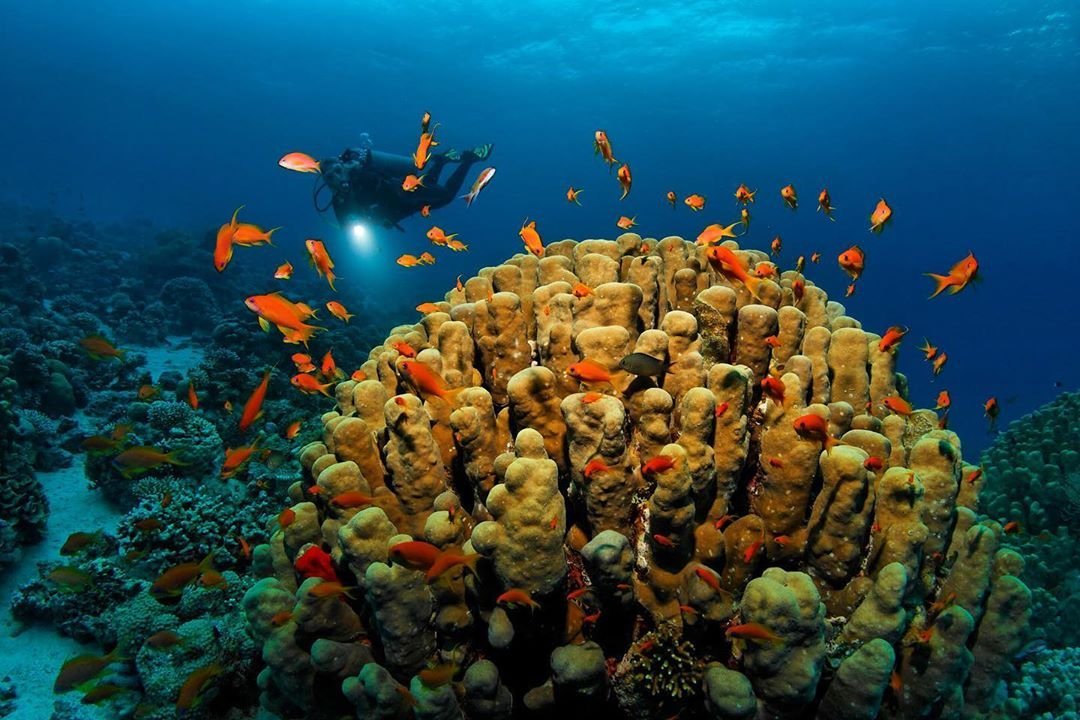
Arriving to Aqaba city & having a city tour.
Enjoying water sport activity (Boat trip, Diving, scuba diving, snorkeling, Parasailing, Fly board activity)
Overnight stay at Aqaba.

Departure to Dead Sea through Wadi Araba road.
12:00 PM stop at Wadi Mujeb reserve & enjoying an adventure for 2 hours (minimum age 18 years old).
02:30 PM Driving to the Dead Sea.
Arriving Dead Sea & Enjoying Dead Sea floating, Pool & beach usage at the hotel.
Overnight stay at Dead Sea.
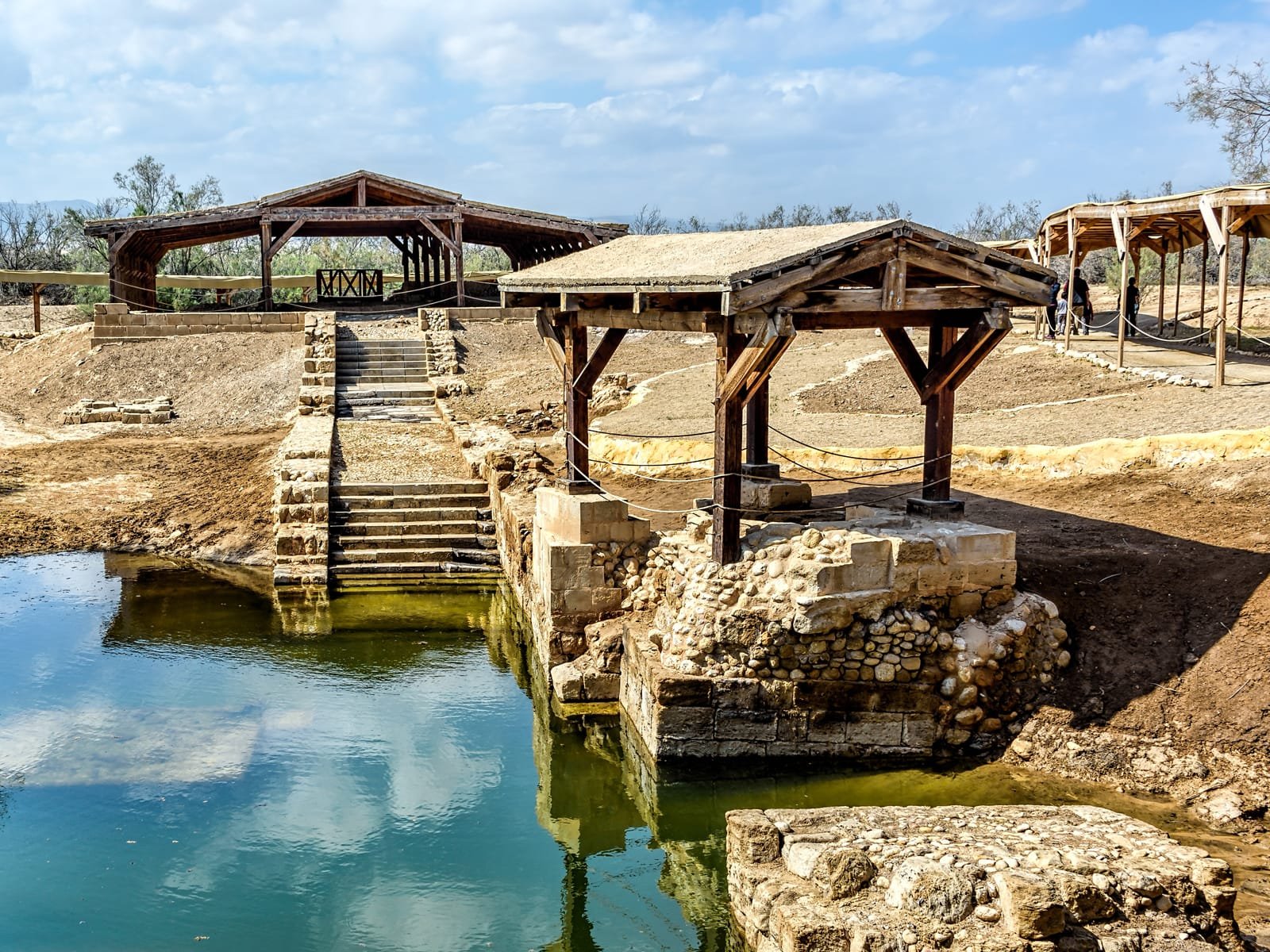
Departure to Baptism site

Arriving baptism site and having a site tour for 2 hours (By shuttle bus).
01:30 PM Driving to Qasr Al Abed
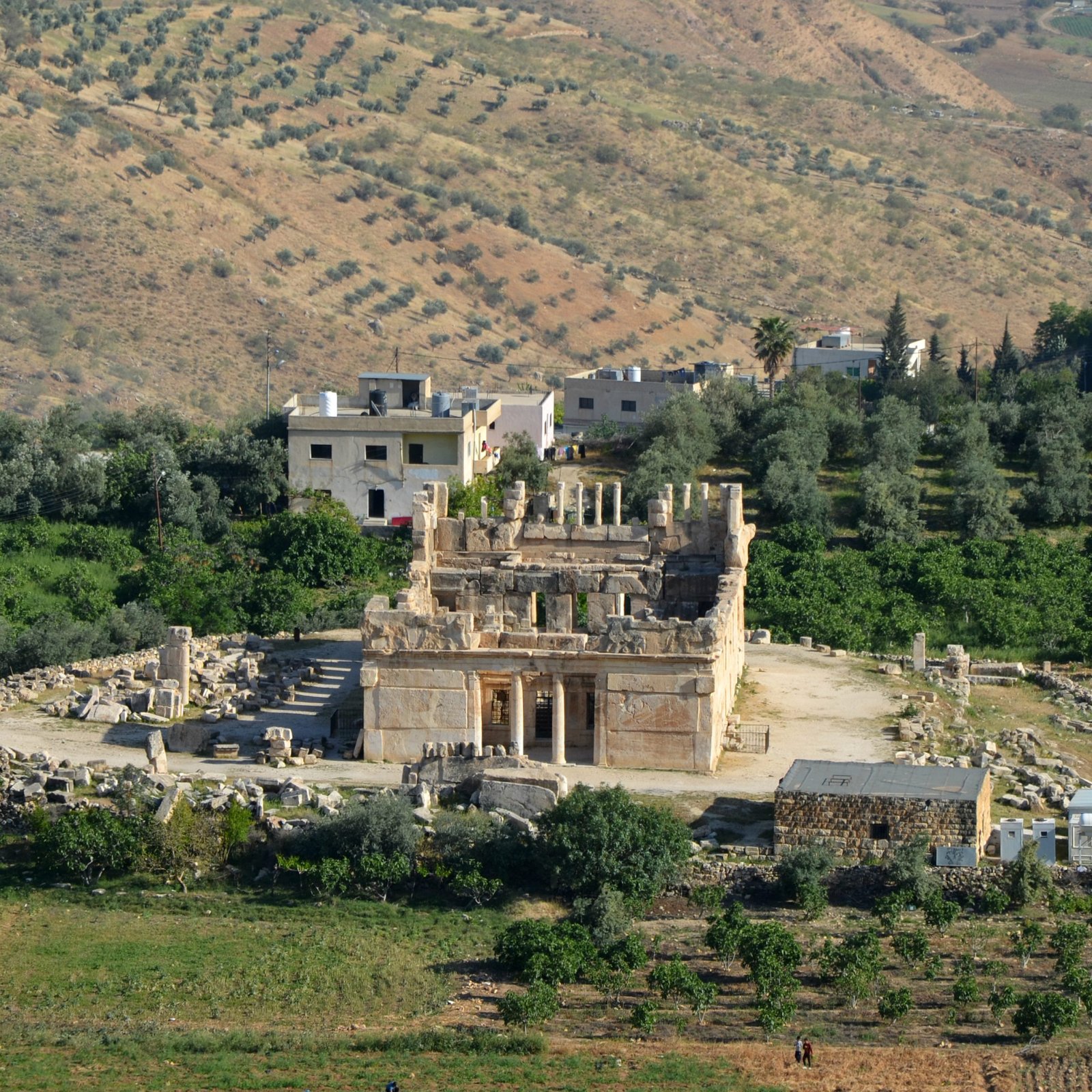
Arriving Qasr Al Abed and having a palace tour for 1 hour
03:30 PM Departure to Amman city.
Reaching Amman city.
Overnight stay.
Driving to east of Jordan toward Desert Palaces.
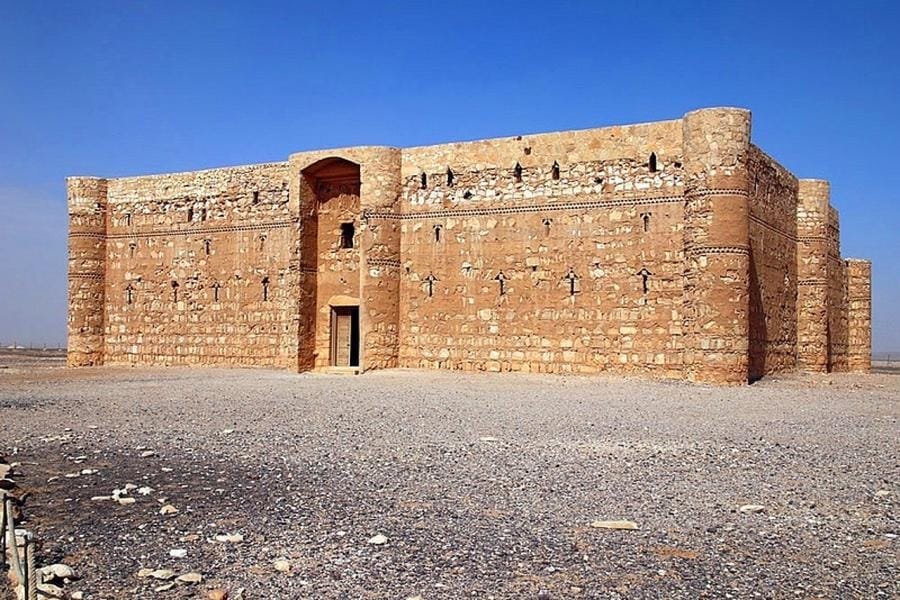
Arriving Qasr Al Harraneh & having a palace tour for 45 minutes.
11:00 AM Driving toward Qasr Amrah.
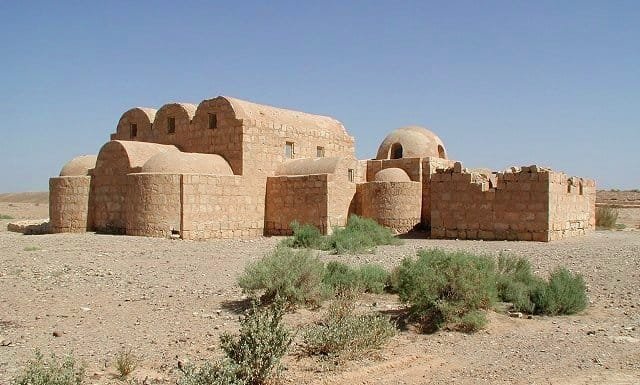
Arriving to Qasr Amrah & enjoying a site tour for 30 minutes.
12:00 PM Driving toward Qasr Al Azraq
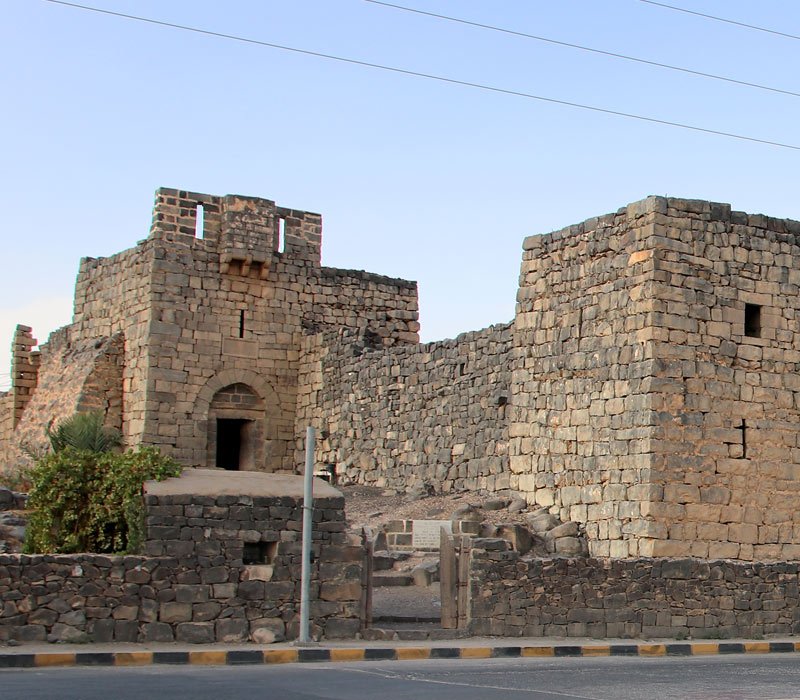
Arriving Qasr Azraq & enjoying a palace tour for 45 Minutes.
02:00 PM Driving back to Amman.
Arriving Amman city.